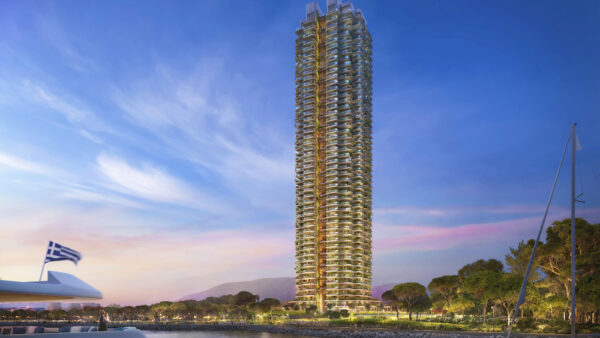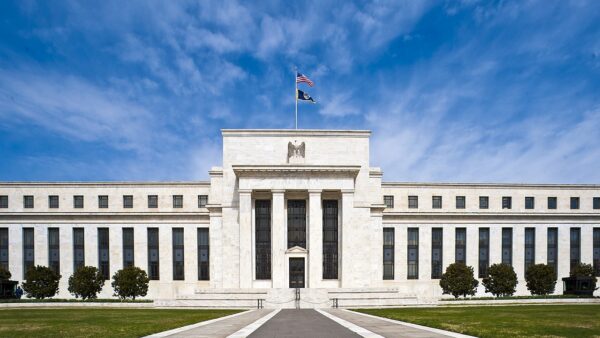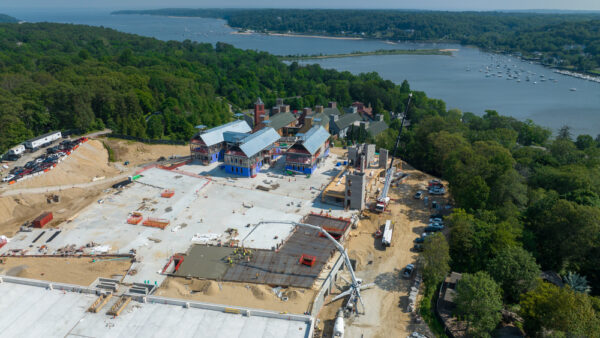Inspectors said apartments 6 and 7 on each floor shared a lightwell into which ventilators from kitchens and bathrooms pushed extracted air, creating a “chimney effect”.
Authorities in Hong Kong have evacuated around 30 households from a 1960s apartment block after a health expert said vertical transmission of the coronavirus between floors might explain a Covid-19 outbreak there.
The special administrative region is on high alert amid a fourth wave of the pandemic, with 897 cases recorded in the 14 days to 27 January.
Professor Yuen Kwok-yung, chair of infectious diseases at the University of Hong Kong and a government advisor, yesterday inspected the 15-storey Block C of the Tung Fat Building on Kam Ping Street in North Point, where 13 confirmed and preliminary positive Covid cases have been found, and warned that there could be vertical transmission among apartments numbered 6 and 7 on each floor, reports The South China Morning Post.
Inspection officers told the Post that these apartments shared a lightwell into which ventilators from kitchens and bathrooms push extracted air, creating the possibility of virus-laden aerosols spreading in what they called a “chimney effect”.
The building was completed in 1965 and renovated around seven years ago, according to the Post.
People in these apartments showing no symptoms were to be taken to quarantine centres, while symptomatic people were to go to hospital for treatment, said the Centre for Health Protection (CHP), a unit of Hong Kong’s Department of Health.
The CHP said it made the decision after consulting with experts.
The government further ordered any person who had been in Tung Fat’s Block C for more than two hours at any time from January 12 to 25, including visitors and workers, to undergo a Covid-19 nucleic acid test by January 28.
As an extra precaution, CHP said the government would also require anyone who had been in Tung Fat Building’s three other blocks – A, B and D – for more than two hours between January 14 and 27 to be tested by January 29.
The role of faulty plumbing in virus transmission has been highlighted by the World Health Organisation (WHO) after an investigation into deaths at the Amoy Gardens high-rise complex in Hong Kong during the SARS outbreak in 2003.
Among 19,000 Amoy Gardens residents there were more than 300 confirmed SARS cases and 42 deaths, accounting for around a sixth of all Hong Kong’s SARS fatalities.
The WHO said a large number of the U-bends in bathrooms there had been dry, and suggested that this allowed virus-laden aerosols to enter rooms from the building’s sewerage system. U-bends are intended to hold water, creating a seal between the sewerage system and the interior of homes.
This hypothesis was later tested by researchers at Heriot-Watt University in Edinburgh, who built a full-scale, two-storey wastewater plumbing rig to demonstrate that dry u-bends could facilitate the airborne spread of pathogens.
Lead researcher Michael Gormley, director of the university’s Water Academy, warned about this phenomenon in relation to the coronavirus in April last year.
In its Covid safety messaging, the CHP urges the public to maintain drainage pipes properly, to pour water into u-bends regularly, and to cover all floor drain outlets when they are not in use.
Image: A skyline view of Hong Kong in 2008 (Jim Trodel/CC BY-SA 2.0)
Further reading:
Comments
Comments are closed.







Why don’t they use UV light to kill the bacteria ?